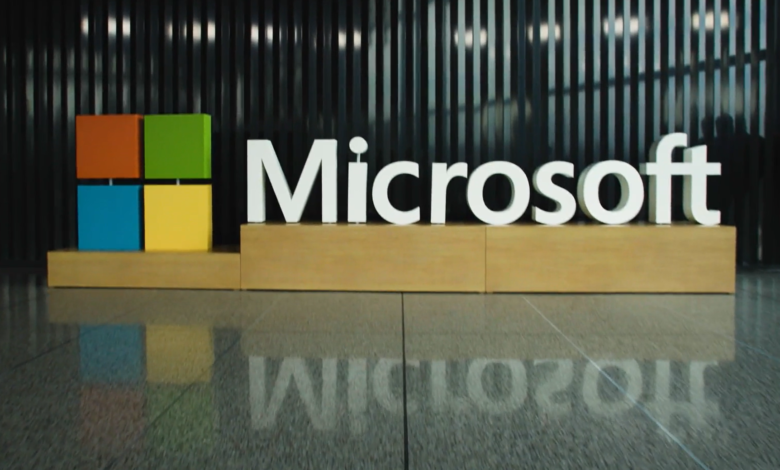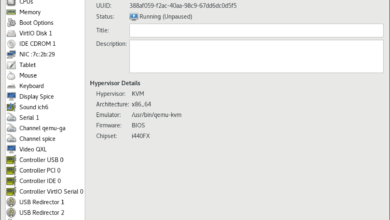Unlocking https //www.microsoft.com/ink: A Comprehensive Guide

In today’s rapidly advancing digital landscape, tools that enhance productivity, creativity, and collaboration are essential for individuals and businesses alike. One such tool that stands out is Microsoft Ink—a suite of features integrated into Microsoft products, designed to revolutionize the way we interact with technology. Whether you’re a student, a professional, or a creative, Microsoft Ink provides a unique and intuitive approach to working on your devices. This article explores how Microsoft Ink functions, its benefits, and the ways in which it enhances user experience across various platforms.
What is Microsoft Ink?
Microsoft Ink is a digital pen and touch-based technology that allows users to interact with their Windows devices in a more natural and intuitive way. Integrated into popular Microsoft applications like OneNote, Word, PowerPoint, and Windows 10/11, Microsoft Ink enables a range of features that take advantage of stylus input and touch gestures.
Rather than relying solely on a mouse and keyboard, Microsoft Ink empowers users to express themselves through handwritten notes, sketches, annotations, and other forms of digital markups. The system is designed to work with a variety of devices, including Surface tablets, stylus-equipped laptops, and touchscreen PCs. Whether you’re drawing https //www.microsoft.com/ink diagrams, making notes during meetings, or simply marking up a document, Microsoft Ink makes the entire process seamless and intuitive.
Features of Microsoft Ink
One of the key features of Microsoft Ink is its integration with various Microsoft applications, which makes it highly versatile. For example, in Microsoft OneNote, users can write, draw, or highlight important points directly on their notes. The software recognizes different styles of handwriting and automatically adjusts the layout for easy reading. Additionally, it allows users to insert drawings and diagrams with ease, making note-taking far more dynamic and engaging.
In Microsoft Word, Ink enables the ability to write directly on documents, which can be particularly useful when collaborating with others. You can annotate a document with handwritten comments, strike-through text, or underline important sections—all in real-time. This makes Microsoft Word a more interactive and flexible tool, especially for teams working remotely or on collaborative projects.
Another impressive feature is the Ink Editor in Microsoft PowerPoint, which allows users to annotate presentations during meetings or to make real-time edits. The ability to draw and mark up slides on-the-fly helps presenters emphasize important points, diagram complex ideas, or make impromptu changes without interrupting the flow of the presentation.
The Role of Microsoft Ink in Enhancing Creativity
Beyond professional applications, Microsoft Ink also shines as a tool for creativity. The integration of Ink with creative applications such as Microsoft Paint 3D and Autodesk Sketchbook allows artists and designers to leverage the precision of a stylus or pen to create digital artwork. Artists can sketch, draw, and paint with natural brushstrokes, giving them a feel akin to working on paper or canvas. Microsoft Ink helps to bridge the gap between traditional and digital media, offering a more immersive and hands-on experience.
For creative professionals, Microsoft Ink is an invaluable tool for ideation, brainstorming, and planning. Whether you’re designing a new product, drafting a logo, or simply sketching out a new concept, Microsoft Ink offers the freedom to express ideas quickly and fluidly. Furthermore, the integration of Ink with cloud-based apps like OneDrive and Microsoft Teams ensures that your creative work is easily shareable and accessible across multiple devices, streamlining collaboration and feedback.
Improving Productivity and Workflow
Microsoft Ink is not just about creativity—it also plays a critical role in improving productivity and workflow. One of its major benefits is its ability to improve note-taking and document management. For example, when attending meetings, you can use a stylus to quickly jot down notes, highlight key ideas, or even sketch flowcharts and diagrams to help illustrate concepts. This enhances productivity by allowing you to capture information in various formats, all within the same document. In comparison to traditional note-taking methods, which may involve writing notes by hand and then transferring them to digital files, Microsoft Ink simplifies the process by keeping everything in one place.
Moreover, Microsoft Ink allows users to transform their handwriting into typed text through its built-in Ink-to-Text feature. This is particularly beneficial for those who prefer handwriting over typing. It provides a fast and efficient way to convert scribbled notes into polished, digital text without the need for third-party transcription tools. The feature works with a wide range of languages and handwriting styles, ensuring a seamless transition from pen to digital text.
In addition, the Ink-to-Shape tool allows users to draw geometric shapes and have them automatically adjusted to be neat and symmetrical. This feature is extremely useful for professionals who need to create charts, graphs, or diagrams during brainstorming sessions, presentations, or product planning meetings. By saving time and reducing the need for additional design tools, Microsoft Ink streamlines many aspects of the workflow.
Microsoft Ink in Education
Microsoft Ink has proven to be an invaluable tool in the education sector, offering new ways for students and educators to engage with digital learning materials. In Microsoft OneNote, educators can create interactive lessons by annotating lecture notes and incorporating multimedia elements. Students can take handwritten notes, solve problems on digital worksheets, and even draw out solutions to complex questions—all with the added benefit of the digital tools Microsoft Ink provides.
For remote learning environments, Microsoft Ink allows teachers and students to collaborate in real-time, providing an easy way to share ideas, solve problems together, and offer feedback. With the ability to write directly on documents, students can demonstrate their understanding in a more visual and interactive way, which can enhance their learning experience.
Integration with Microsoft Devices
To get the most out of Microsoft Ink, it’s important to use it on devices designed to support its capabilities. The Microsoft Surface line of devices is one of the most popular choices for users seeking an optimal experience with Microsoft Ink. Surface tablets, laptops, and hybrid devices are equipped with high-precision touchscreens and stylus pens, making them perfect for writing, drawing, and annotating.
The Surface Pen, which works with Microsoft Surface devices, is designed to offer a natural writing experience with features like pressure sensitivity, tilt recognition, and customizable buttons. This allows users to make precise marks on the screen, whether they’re writing, sketching, or editing. In combination with the power of Microsoft Ink, Surface devices provide a seamless, responsive, and immersive experience.
Microsoft Ink for Collaboration
Collaboration is at the heart of modern business practices, and Microsoft Ink plays an important role in fostering teamwork. With its ability to allow users to annotate, mark up, and draw directly on documents, presentations, and other shared files, it enhances real-time collaboration. Whether you’re working on a project remotely or in a conference room, Microsoft Ink enables teams to communicate visually, offer feedback, and make instant changes, all without interrupting the flow of the work.
In Microsoft Teams, for instance, Microsoft Ink is integrated into whiteboard functionality, allowing team members to brainstorm together using a digital canvas. This promotes creativity and helps teams work through complex problems by visualizing ideas and organizing thoughts collaboratively. Whether you’re working on a product design, planning https //www.microsoft.com/ink a marketing campaign, or drafting a report, Microsoft Ink ensures that all team members can contribute effectively and efficiently.
Conclusion
Microsoft Ink is far more than just a tool for drawing or note-taking—it’s an integral part of the modern digital experience, enhancing creativity, improving productivity, and facilitating collaboration across various industries. Whether you’re creating art, annotating documents, or collaborating with colleagues, Microsoft Ink offers a versatile and intuitive way to engage with your devices. With seamless integration into Microsoft’s suite of applications and devices, it’s clear that Microsoft Ink is not only changing the way we work but also transforming the future of digital interaction. By embracing this technology, users can unlock new levels of efficiency, creativity, and collaboration.




